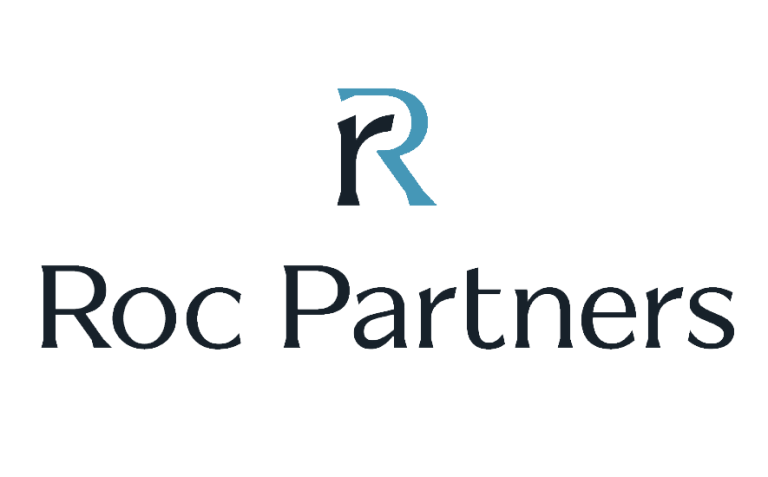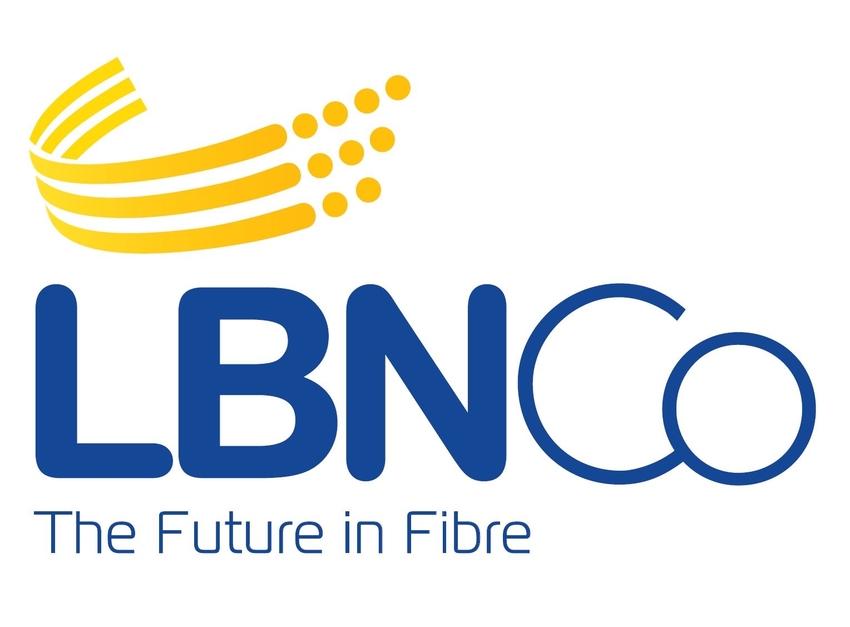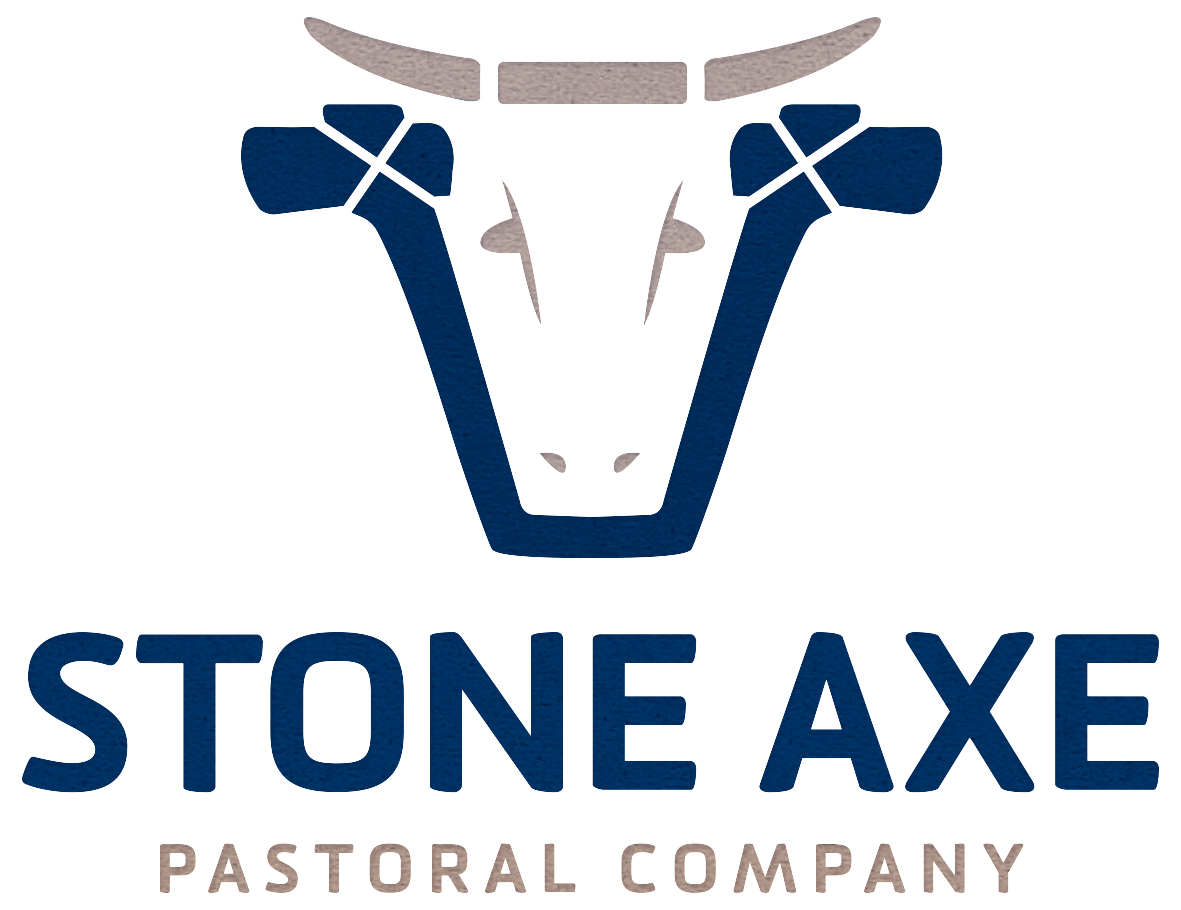Mike Lukin: Sam, can you tell us a little bit about the progress Roc has made around measuring our finance emissions absolute over the course of 2023?
Sam Bayes: Absolutely
Mike. Maybe taking a step back, why are we measuring finance emissions?
So there's been a huge change in the market, we see impending regulation coming, but really want to be responsible stewards of capital.
And although we've measured Roc Partners, carbon emissions footprints at the organisation level, we know that where we can move the dials through our investment portfolio.
Mike Lukin: Yeah, absolutely.
Sam Bayes: So we actually want to understand which portfolio companies, which funds, have the biggest emissions profile so we can try and drive that down over time.
We also really want to take a leadership position and show our portfolio companies in the GPs that we trying to get on the front foot of this measurement.
So if I look at our direct investment portfolio, we've spoken through how we've undertaken baseline carbon assessments. If that actual data is not available, we then estimate what the emissions are using PCAF methodology.
So that's the partnership for Carbon Accounting financials and it's really the leading framework in the market for financial institutions to measure their emissions.
So any direct portfolio companies that haven't undertaken that baseline, we estimate their emissions.
And we've partnered with Path Zero. They have a tool called the Path Zero Navigator that utilizes PCAF methodology to estimate emissions.
We've now estimated the emissions across every single one of our direct portfolio companies.
Mike Lukin: Wow, there's a lot of them.
Same Bayes: There's a lot of them across FY22 and FY23. And that really just helps Jenna and our conversations with the Roc deal team members, the board members, the portfolio companies to say ‘it looks like you might have a high emissions profile. You haven't undertaken a baseline. We really need to prioritize that within the next three to six months’.
So really just helps those conversations with all of the stakeholders involved.
But looking at our multi-strategy investment portfolio, which would be our fund investments, secondaries, co-investments, that's really where the fun because it's the hardest part of our investment portfolio.
Mike Lukin: There's hundreds of them, right?
Sam Bayes: There's hundreds of them. So we trialed one fund and that was an Australian domiciled fund.
And we had really good relationships with the GPs of that fund. And it's the type of relationship that I can pick up the phone and speak to whether they have a dedicated ESG resource or the investment director to say, this is the fund that we are trialing, this is why we are doing it. This is the regulation that we are coming. And kind of, again, it's that partnership model.
Mike Lukin: Yeah, absolutely.
Sam Bayes: We are not just requesting information for reporting sake. Take them on the journey of why we donate.
Mike Lukin: And I presume those GPs also will be needing that information themselves over the course of this.
Sam Bayes: Absolutely. But it was a really good process and it was a challenging one. It took over seven months to actually get there.
Mike Lukin: Yeah. Fantastic.
Sam Bayes: And we are working, 'cause we are just getting increased requests from our LPs to measure their finance submissions. We are filtering that down through our GP. So it's been a learning process, but one that I'm really proud of. That we've taken the first steps.
Mike Lukin: Yeah. No, that's terrific. And Sam, you are kind of got your finger on the pulse around all this stuff. Crystal ball out for me the next five years in the finance submission space, it's like plenty going on, Right?
Sam Bayes: Crystal ball question's always dangerous.
Mike Lukin: Directionally, Where's it going?
Sam Bayes: Directionally, the increased requests we've got from our LPs, we probably had four requests over a period of six months at the beginning of the year.
We had eight or nine requests in the space of three weeks.
Mike Lukin: Yeah, Wow.
Sam Bayes: And if you look at why that happened, treasury released a draft consultation paper on mandatory climate related disclosures. And those were based off the International Sustainability Standards Board, ISSB, who are trying to create standardized not just climate related disclosures, but sustainability disclosures and they utilize the TCFD, the task force and climate related financial disclosures.
So it's a framework that looks at strategy, risk management, governance, metrics and targets. So the acronym soup is real, but treasury have used these leading international frameworks and standards to say these are the climate related disclosures we want financial institutions to actually start aligning themselves to.
And they've proposed a phased approach based on your revenue size and number of employees that you have. So the first reporting is expected to come 2024, 2025.
Mike Lukin: Okay. Not very far away.
Sam Bayes: Not far away at all. And those would be the large organizations, but the smaller organizations are going to have to start preparing themselves for that.
So that consultation process has now ended and I imagine we'll be seeing regulation from treasury coming within the next 12 to 18 months around that.
So we again have gone on the front foot around trying to measure that, but it's still come with our, with its challenges. And at Roc we’re privileged to have two full-time resources. But again, it's partnering with the smaller GPs within the private market industry.
Because we will not be able to confidently measure our finance emissions without them providing us the data that we need. That's exactly right.
We provide that to our LPs. So I rarely see the industry collaboration and the partnerships and relationships we have in the market is absolutely fundamental to helping the finance emissions journey.




